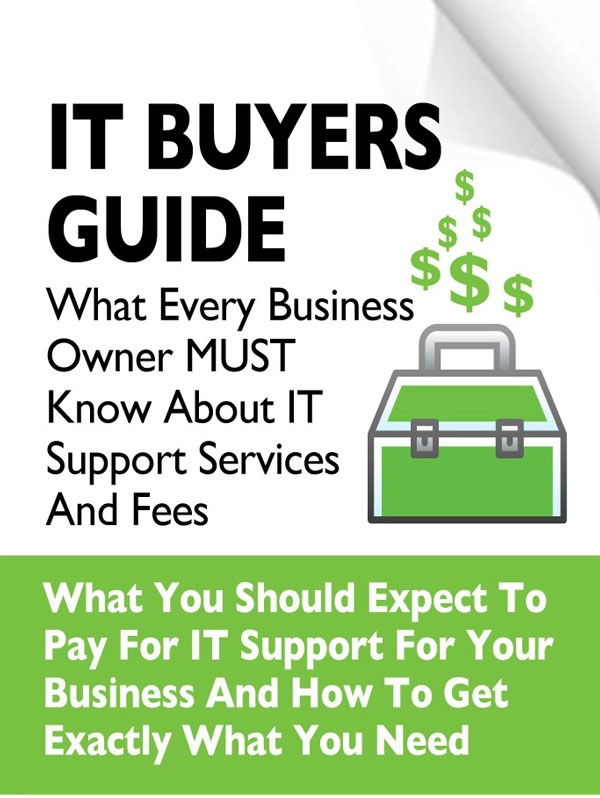Office 365 is a one in all tool that is increasingly and more frequently being adopted by major companies, organizations, and businesses as an integral part and parcel of their content management, storage, and editing strategy. While it offers a plethora of convenience and functionality in many aspects, if there is one part where it comes up short and ends up lacking, it maybe its difficult to manage and carry out migration. Moving from on premise tech to Office 365 is relatively easier as you will find a plethora of guides and expert professionals who can help you make that move with little to no problems. The challenges arise when it comes to tenant to tenant migration with Office 365.
As a business, you may occasionally have to merge with an existing section of the company, may acquire another company, or may end up being the company that is acquired or purchased by another brand- a brand that also uses Office 365. In any case, one of the most important aspects of the merger or acquisition is ensuring that all of the data of the company is transferred safely and in its entirety. Unfortunately, with Office 365, it is often incredibly difficult to facilitate a smooth, problem free, and safe transition of data and information tenant to tenant, or during a T2T migration. You must develop an ideal plan of action when determining the exact trajectory of the transfer of the likes of client and corporate emails, shared mailboxes, contacts, Sharepoint documents and lists, calendars, folders, notes, archives, as well as data from Planner and Teams Data.
Amongst the major problems that companies face during a merger and Office 365 data migration is in terms of the general settings. Either of the merging companies may have different policies in regards to the settings they may employ on their OneDrive, Team Data, or Sharepoint website in terms of sharing, security, visibility, access, and whatnot. As such, this may produce conflicts after the two combine. Thus, it is important to ensure that the proper administrator roles of Office 365 are utilized.
It is also necessary to consider the fact that you will be needing to use a third party service or platform in order to transfer the mailbox and Sharepoint data as Office 365 does not enable automated T2T data migration for these platforms. That is why you must collaborate with a skilled and professional third party service who knows their way around the various platforms you may be using and how they can be shifted to the new environment.
Backup is also a salient aspect of the migration as you will need to ensure that the important information such as contacts, distribution lists, mailbox settings, and administrative roles are securely stored in the case that you lose access to them at some point in the transfer.
Keeping in mind the challenges that may arise during a T2T migration, it is important to ensure that the individuals handling the transfer are professional and skilled in the art. While it is possible for you to train your in-house tech staff on how to perform a safe and secure migration, you must ask yourself whether or not that is the most financially and professionally viable option for your business. It is most likely that you will only need to carry out a T2T migration once or very few times at most during the lifespan of your brand. Therefore, investing heavily in training your technical staff employees a skill they will not be using more than once seems to be a waste of resources. That is why most migrating organizations opt for third party services that can help make the data acquisition process over Office 365 as smooth as possible.


